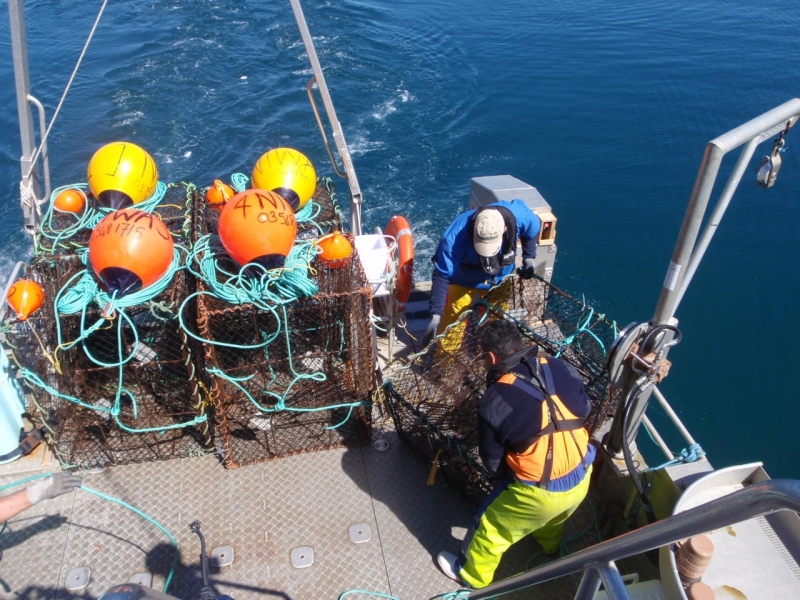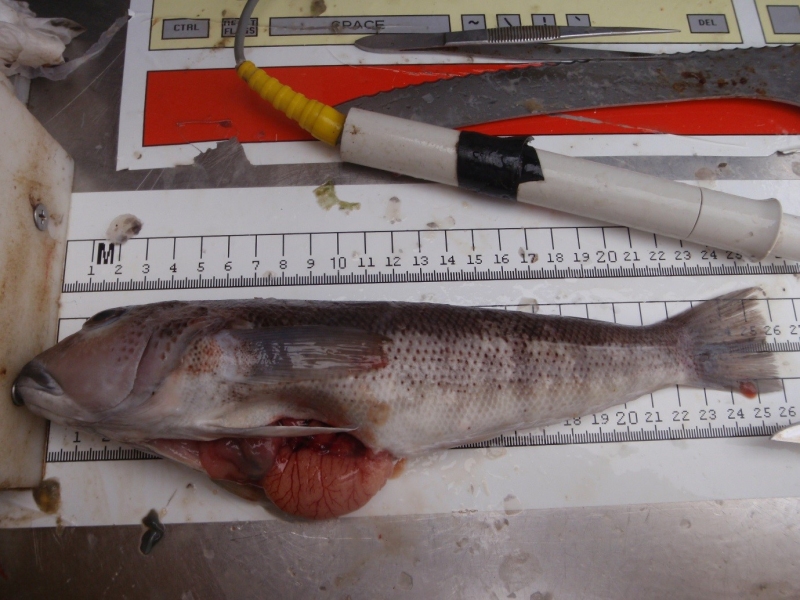Scientists at the National Institute of Water and Atmospheric Research (NIWA) have recently completed a survey of blue cod in the Marlborough Sounds.
The survey, which took place from late September until early November, was carried out on behalf of the Ministry for Primary Industries (MPI) to assess the status of blue cod stocks in the region. It included the Queen Charlotte Sound, Pelorus Sound, D'Urville Island and Point Underwood to the northern tip of Arapawa Island, including the Brothers Islands.
For the first time NIWA fishery scientists surveying blue cod used video cameras attached to the cod pots they use to catch the fish.
"We wanted to observe how the fish behave in and around the pots, as well as work out how effective the pots are at catching fish," NIWA fisheries scientist Mike Beentjes said.
In another survey first, a multibeam echosounder was used to map the habitat in the cod pot sampling areas. The echosounder provides high resolution 3D maps of the seabed that differentiate reef systems, cobbles and rubble from sand and mud. These maps will help in understanding the relationship between blue cod abundance and the type of habitats they prefer.
The last survey in this area was undertaken three years ago when scientists found there was a marked increase in the average size, age and abundance of blue cod in the inner Queen Charlotte Sound and Pelorus Sounds after the areas had been closed to fishing in 2008.
New MPI management measures, implemented a year ago, include a seasonal fishery open from 20 December to 31 August, a daily bag limit of two fish per person and a size limit of between 30 and 35cm.
Over the next few months NIWA scientists will also analyse the survey data to investigate the effect of fishing pressure on local populations. In addition they will age the blue cod otoliths, or ear bones, by counting annual rings to determine their age. Survey data will enable assessment of stock abundance, size, sex ratios and reproductive condition of the fish.
All information will be presented to the MPI Southern Inshore Stock Assessment Working Group for peer review in March next year.
See footage of the blue cod in our vide 'Blue cod behaviour'



